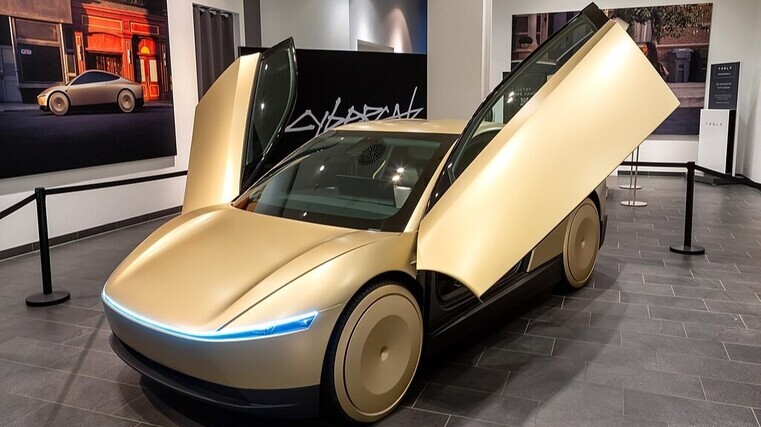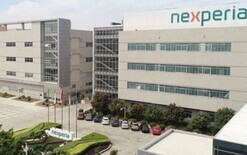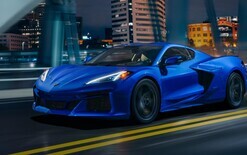Cybercab set for 2026

Tesla’s Cybercab is being slated for production in 2026 with chief executive Elon Musk saying it will serve the robotaxi fleet.
It’s also expected to go on sale as a sub-US$30,000 car for the retail market.
The dedicated two-door autonomous vehicle won’t have human controls such as a steering wheel and foot pedals, said Musk said at its unveiling in October 2024.
However, some analysts question whether it will be fully autonomous. “I have to think that autonomy is further away than a lot of people expect,” says Sam Fiorani, vice-president of global forecasting at AutoForecast Solutions. “By 2030, you’re still going to have a steering wheel and a driver, even in Teslas.”
To address affordability in the short term, Tesla plans to launch a stripped-down Model Y crossover in America during the fourth quarter, which coincides with the expiration of the US$7,500 federal EV tax credit.
Tesla’s second-generation Roadster, first scheduled for production in 2020, could materialise in the next two years, analysts say. A factory dedicated to its semi tractor-trailer is set to open next year.
Aside from new products, Tesla vehicles will receive regular technology updates, such as software and internal computers.
Unlike traditional carmakers, the company is unlikely to update interior and exterior designs beyond a few tweaks. All of Tesla’s vehicles are in their first generation.
“Elon has reached peak Tesla sales and knows it,” Karl Brauer, executive analyst at iSeeCars, told Automotive News. “I predict minimal investment in his current product except in the area of self-driving tech.”
Musk has discussed a new model with a sticker price around US$25,000 since 2020. But Tesla shifted plans last year from creating a new nameplate to modifying current models to reduce costs.
Musk said in July that the first affordable model would essentially be a modified Model Y at a lower price but didn’t give many details. Analysts have speculated that Tesla could remove content, such as the glass roof and front and rear light bars, to save costs.
Cloth seats could replace vegan leather and the stripped-down Y is likely to have a smaller battery pack. Tesla could also remove ventilated seats, ambient lighting and downgrade the stereo and infotainment, analysts say.
Unveiled at Tesla’s October 2024 We, Robot event, the autonomous robotaxi features two butterfly style doors for easy entry and two interior seats for riders. Its angular design elements are shared with the Cybertruck.
The dedicated robotaxi doesn’t have a steering wheel or foot pedals since it’s not designed to be manually driven. The taxi will use a future version of Tesla’s Full Self-Driving software that uses exterior cameras and a powerful computer to drive itself.
Musk put the price at less than US$30,000, but didn’t say if that was including the $7,500 federal EV tax credit or shipping charges. The government plans to repeal the tax credit on September 30.
Tesla’s goal with the Cybercab is to create a robotaxi with the lowest cost per mile of operation, according to Musk.
Unlike Tesla’s performance-focused vehicles, Musk said the Cybercab prioritises efficiency with slower acceleration, a lower top speed and a gentle ride design to achieve a target cost of under 30 cents per mile of operation. Volume production is scheduled for 2026.





